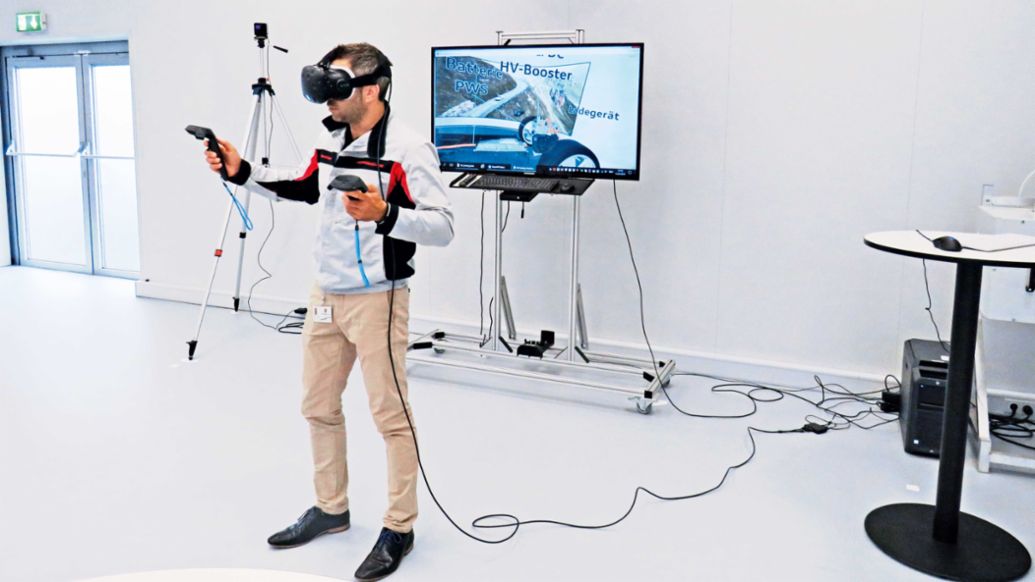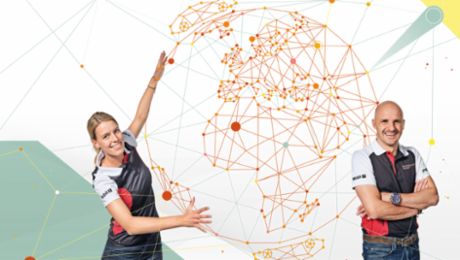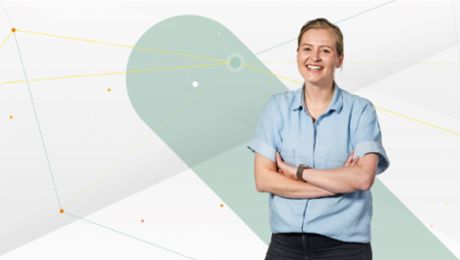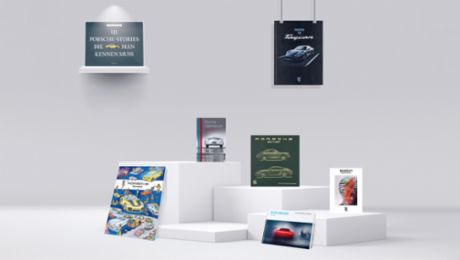The Taycan is electrifying the entire company. Porsche has been charged by the decision to build an all-electric sports car. What will it look like? How will its new high-voltage technology work? And how will it be built? Initially, the only ones who know the details are the development engineers. But well before assembly work actually gets underway, the production department is preparing to make a car that does not yet exist. How is that possible? Sandra Kolb and Manuel Liepe have a solution. They and their project team are working with virtual reality (VR). In order to provide employees with detailed preparation for their tasks, they send them into a parallel world. Manuel is a leading figure in the VR training program that familiarizes factory workers with high-voltage components. He and Sandra planned the virtual training program for high-voltage technology. And Sandra launched a third VR project for the pre-production stage of the new electric Macan built in Leipzig.
The VR training sessions extend well beyond simply putting on a headset and entering a virtual room to look at the new technologies. If that were the case, a conventional monitor would suffice. Instead, Porsche’s educational principle that applied learning lasts longer is also used in the virtual world. Training for the 2,000 new employees at the Taycan factory who will be using new high-voltage technology enables them to view the components from all sides and take in the information provided along with them. To consolidate the content, the employees take a short quiz about each component. Training for the electric motor follows a similar principle. Participants can extract the most important components and examine them as if their eyes had x-ray capabilities.
Virtual Reality allows insights into the inner life of components.
That’s another reason why virtual reality is especially suited to presenting new technologies. It lets people see the inner lives of components that would otherwise be closed to them. Production employees would normally perceive the Taycan’s battery only as a 700-kilogram block that needs to be installed and connected. But as Manuel explains, “The VR set lets them turn the battery around, look at all the connections and lines, and even examine individual battery cells that would normally be closed.” Knowledge about how components are constructed helps workers understand the processes better when they assemble the cars.

Manuel and Sandra believe that VR sessions will never completely replace training with the actual components. Touching objects and trying them out leave a stronger imprint on our memories, which is why deeper knowledge about work sequences and processes is always imparted in conventional educational environments. But training sessions with VR headsets provide superb preparation or additional experience, because they are an exciting and playful way to get to know new technologies – and are considerably better than printed manuals, for example. “Feedback from production workers about the VR sessions indicates they found it easy to transfer the knowledge it gave them to the real world,” reports Sandra.
Developing a VR training session requires real teamwork by members of the production planning, production organization, production development, and vehicle development departments. After all, these are the first individuals who will find out the details of a new car model. Sandra and Manuel therefore always start by visiting the development center in Weissach to gain the necessary information there. They start by using it to produce a storyboard and initial mock-ups. Their early work also includes selecting the music or background noises. Then the programmers swing into action. To produce a twenty- to thirty-minute trip into the future, it takes two to three months of development work.
Info
Text: Benjamin Büchner
Text first published in CAMPUS Magazine.




